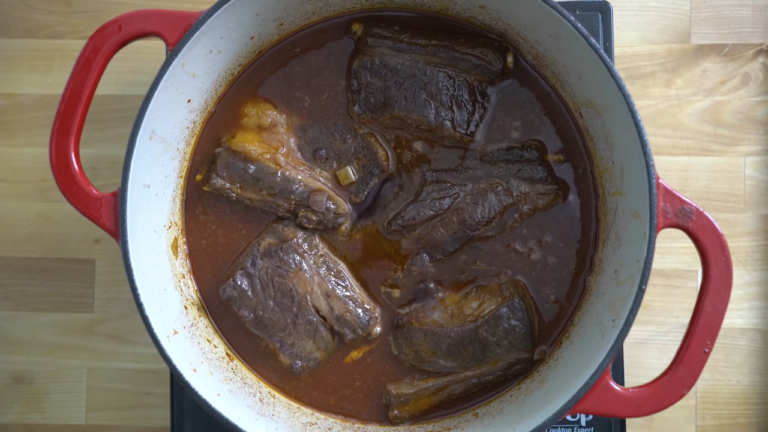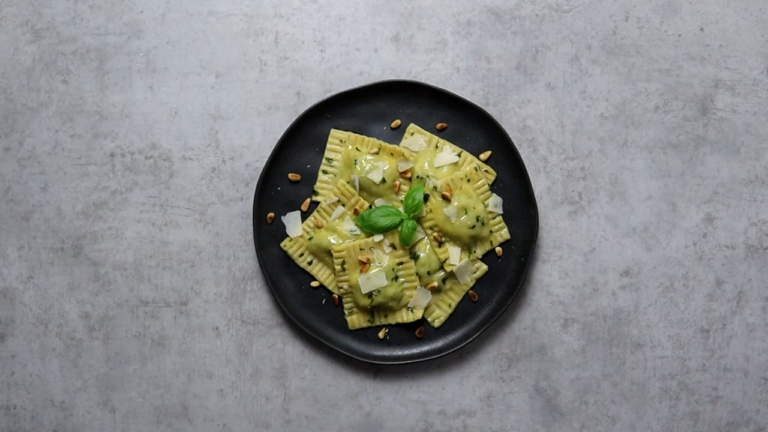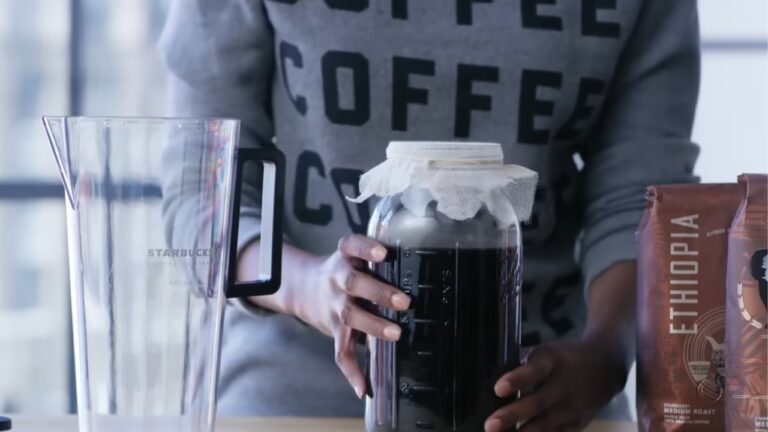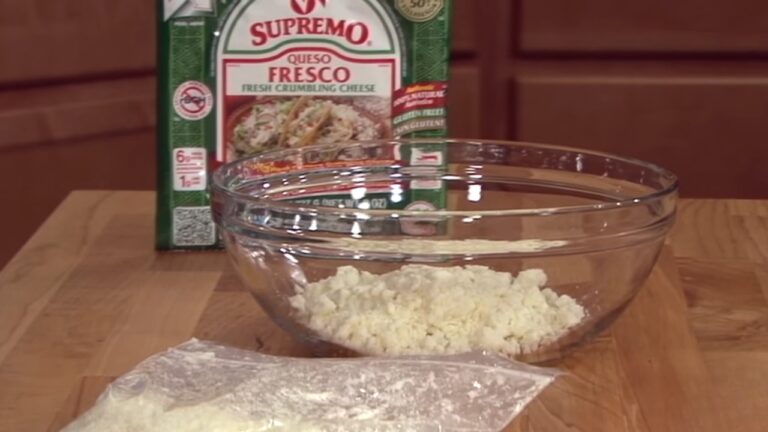Are you looking for a way to enjoy the delicious flavor of butternut squash all summer long? I certainly do.
Freezing it is one of the best ways to preserve its nutritional benefits and keep it fresh. But it must be said that this is a touchy process and you need to be extremely careful.
That is the only way to keep it as fresh as possible.
Let me share with you my two cents on how you can conduct this process efficiently.
Freezing and Storing
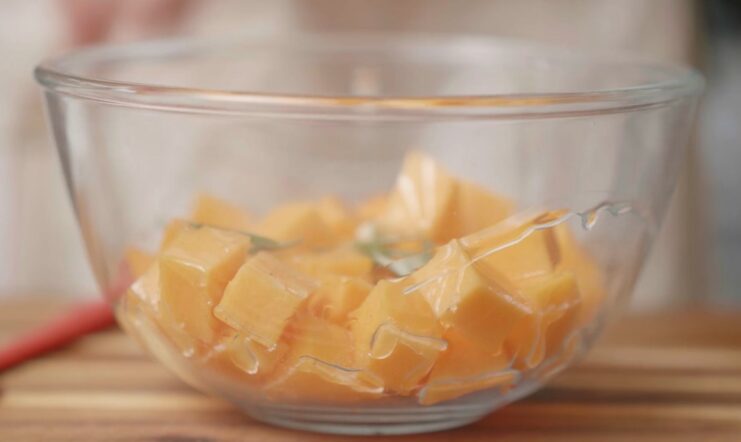
Blanching is a crucial process when preparing butternut squash for freezing. It effectively halts the activity of enzymes that can cause the squash to lose its vibrant color and rich flavor during storage in the freezer.
Here’s how to properly blanch butternut squash:
- Boil Water: Start by bringing a large pot of water to a rolling boil. It’s important to have enough water to cover the squash pieces completely.
- Preparation: While the water is heating, peel and slice the butternut squash into even-sized pieces.
- Blanching: Once the water is boiling vigorously, carefully add the sliced squash to the pot. Let the squash cook in the boiling water for exactly 3 minutes.
- Cooling: Immediately after the 3 minutes are up, use tongs or a slotted spoon to quickly remove the squash pieces from the boiling water.
- Draining: Allow the squash pieces to sit in the ice bath for another 3 minutes to ensure they cool down completely.
Packaging for Freezing
Just before you are ready to freeze it, there are several things that require your attention:
| Step | Description | Key Points |
|---|---|---|
| Pre-Freezing | Arrange dried squash cubes on a parchment-lined baking sheet. | Ensure cubes are spread evenly and not touching; prevent clumping. |
| Freezing | Place the baking sheet in the freezer, uncovered, for about 2 hours. | Known as flash freezing, helps retain individual shape and texture. |
| Final Packaging | Transfer frozen cubes into freezer-safe bags, containers, or vacuum-sealed packages. | Squeeze out air to minimize freezer burn; quick transfer is essential. |
| Portioning | Store in portions (1-2 cups per bag/container for small uses, larger amounts for bulk use). | Facilitates easy use without needing to defrost the entire batch. |
| Return to Freezer | Return it to the freezer immediately. | Prevents thawing to maintain texture and flavor when used later. |
Storing in the Freezer
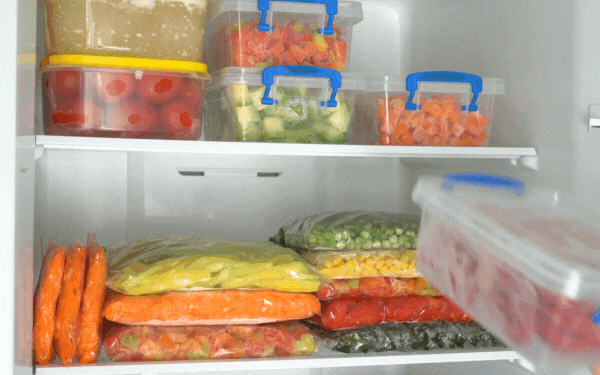
When storing butternut squash cubes or any other prepared dishes like potato salad in your freezer, make sure that they are labeled clearly with contents and date frozen (it’s helpful if this is done prior to placing them inside their respective bag/container as well).
If stored correctly in airtight packaging/containers, your butternut squash should last anywhere between 6–12 months without any degradation of texture or taste – just make sure not to stack too much directly onto one another within your freezer as this can increase spoilage rate over time due to air circulation being blocked off!
When storing homemade ravioli in your freezer, ensure they are also labeled with contents and freezing date for easy identification later on. Properly sealed and stored, ravioli can maintain their quality for several months.
It’s important to blanch your butternut squash cubes before freezing them. This involves boiling the cubes for a short period of time (typically 3-5 minutes) and then immediately placing them in cold water to stop the cooking process.
Blanching helps to preserve the quality and flavor of the squash, and it can also make it easier to use in recipes later on.
When you’re ready to use your frozen butternut squash, be sure to thaw it in the refrigerator or microwave rather than at room temperature to prevent the growth of harmful bacteria.




